Pest Control
-

This resource discusses getting rats and mice out of your house and yard.
Michel Kohl and Michael T. Mengak
|
-
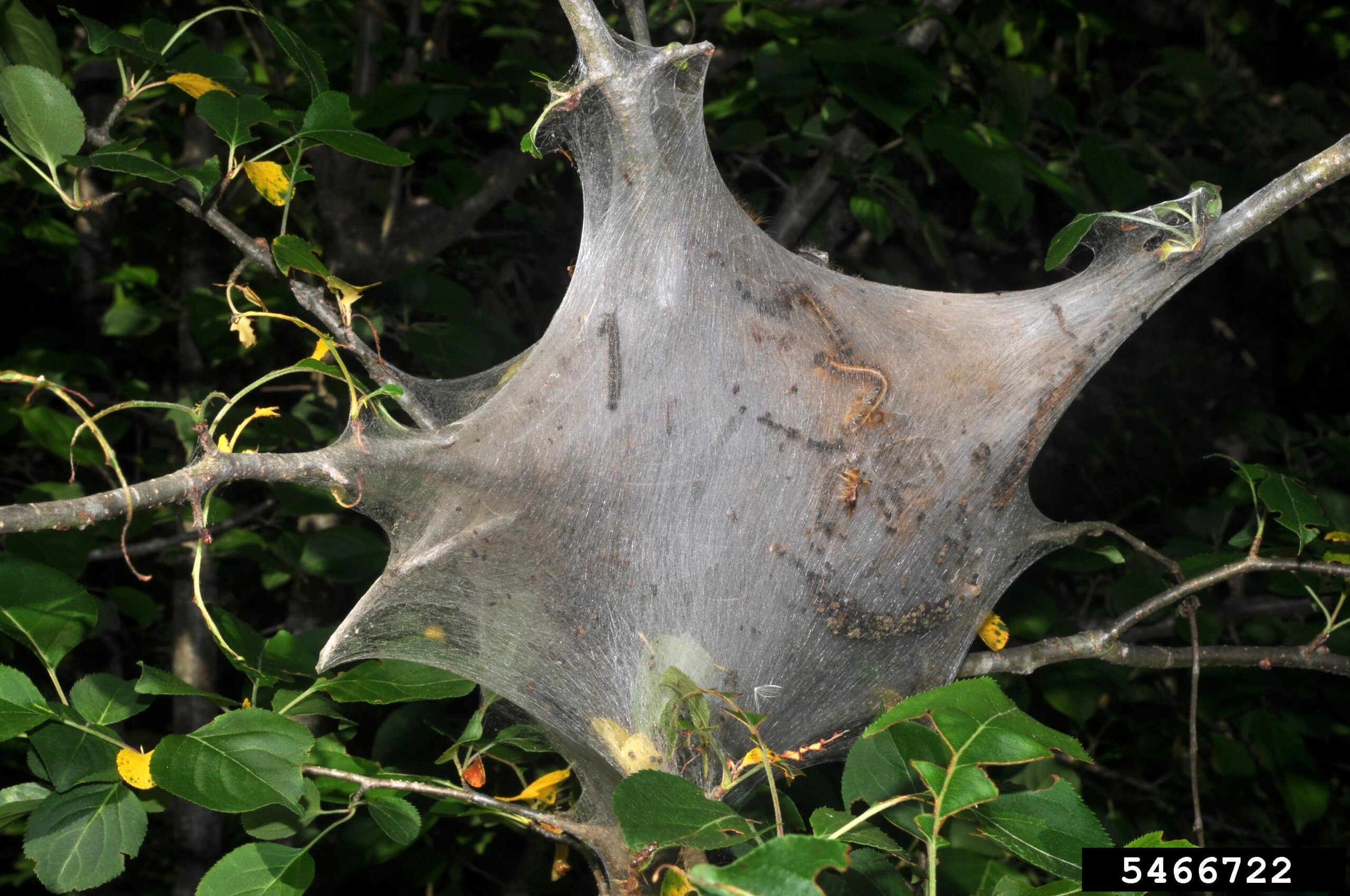
In North America, six species of tent caterpillars are found. The forest and Eastern tent caterpillars occur in Georgia, and can damage the aesthetic value of landscapes. There are several management strategies that work against tent caterpillars and this resource will help you identify and control them.
Kavitha Patchipala and Shimat V. Joseph
|
-

European hornets are widespread across much of the eastern United States. Native to Europe and Asia, they were accidentally introduced to North America in the mid-1800s. The European hornet is the largest species found in the United States and is particularly common in Georgia.
Shimat V. Joseph
|
-

Fall armyworms are native to North America and can destroy lawn grass and other turf. They first reach Georgia in the spring or early summer, and caterpillars are noticeable in turfgrass in early July. The third, fourth, and fifth stages of fall armyworm caterpillars are the destructive stages. The younger stages (first through third larval stages) are tiny and hard to see in the grass. When infested, green turfgrass will gradually turn brown as the caterpillars grow. The damaged turfgrass may appear diseased or like it experienced drought.
William G. Hudson and Shimat V. Joseph
|
-
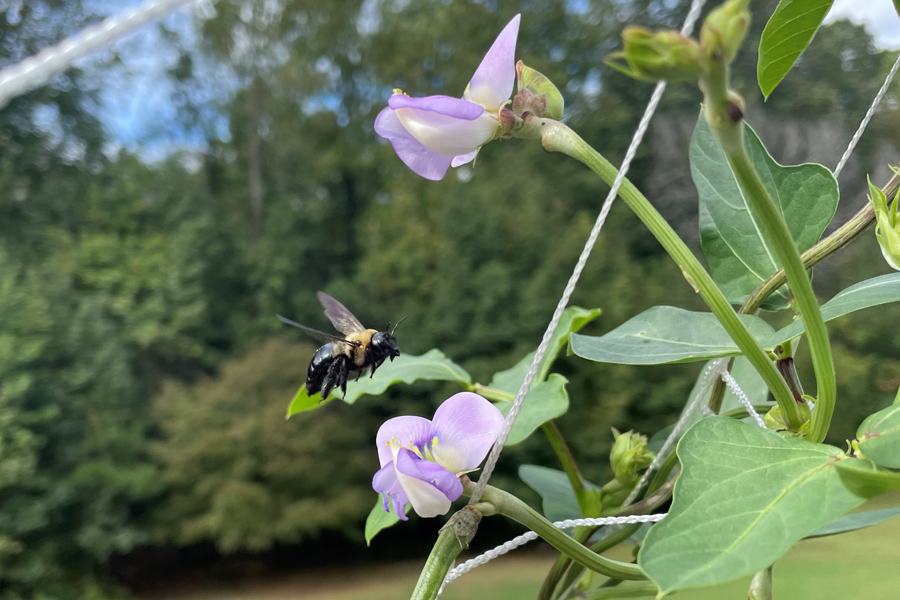
Carpenter bees can be a serious pest on outdoor structures made of wood, such as patios, decks, siding of homes, sheds, furniture, etc. The large carpenter bee is the most common species found in Georgia. While these bees are pollinators, mated females bore tunnels into wooden structures to raise their larvae. This tunneling causes substantial damage to wood, and sometimes even compromises the integrity of the structures they affect.
Shimat V. Joseph
|
-
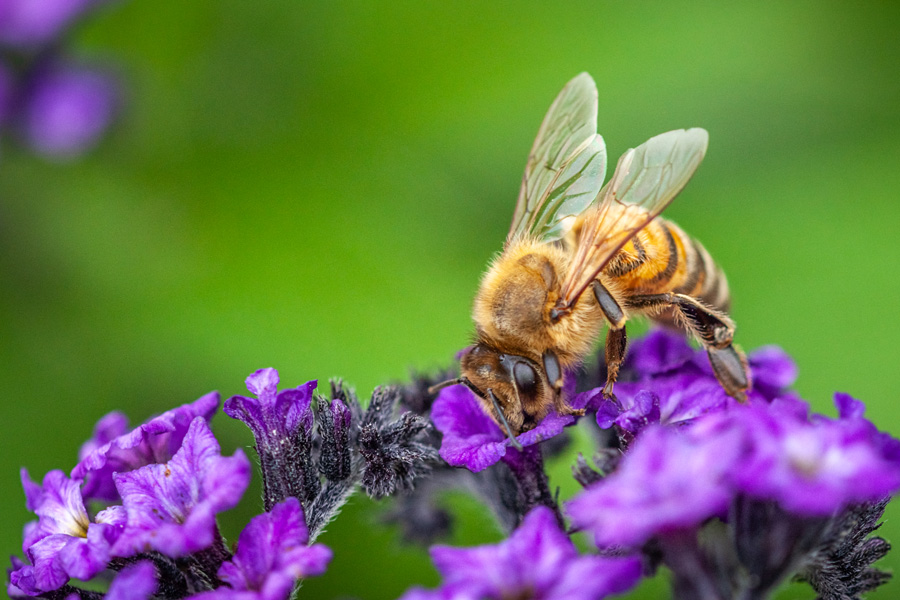
Mosquitoes can transmit a wide variety of pathogens and significantly reduce our quality of life with their aggressive biting behavior. On the other end of the spectrum, pollinators are a critical part of our natural environment, contributing significantly to food production and ecological diversity. Honey bees, along with other pollinators, are susceptible to pesticides, and significant bee kills have occurred because of mistimed or misguided pesticide applications. When conducted properly, an integrated pest management approach does not pose a significant risk to honey bee colonies.
Elmer Gray and Jennifer A Berry, PhD
|
-
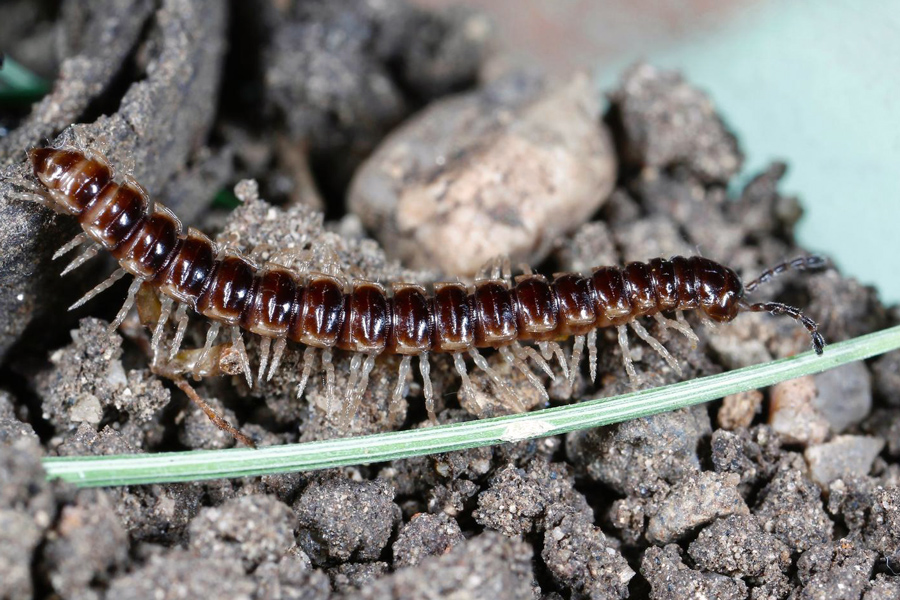
B 1088
Millipedes and Centipedes
This publication gives an overview of millipedes and centipedes and gives tips on how to control them in the home.
Elmer Gray
|
-

Though subterranean termites are a normal component of soil around buildings, structural infestations are not necessarily inevitable. As discussed later, a home’s susceptibility to termite infestation is dependent upon a number of things, including construction type, home maintenance, landscaping, and perhaps conditions in and around the structure that favor the activity, growth and survival of local termite populations.
Brian T. Forschler and Dan Suiter
|
-
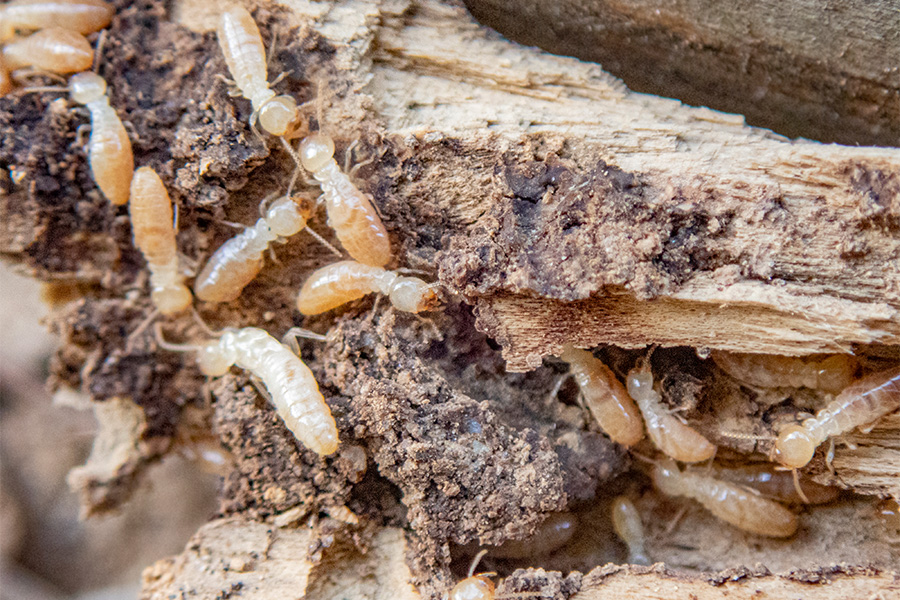
Las termitas subterráneas son los insectos sociales que viven en una sociedad en donde la mayoría de los miembros son insectos inmaduros o juveniles. Sus colonias pueden incluir de miles a millones de termitas, y a pesar de tener un cuerpo-suave, frágil y delicado son insectos formidables. En la naturaleza, las termitas subterráneas están estrechamente asociadas con el hábitat o entorno del suelo en donde construyen túneles para localizar agua y comida (ej. madera, troncos, y otras materiales que contienen celulosa).
[Subterranean termites are social insects that live in societies whose members are mostly mature individuals. Their colonies, which can contain thousands to millions of termites, are formidable, even though each individual termite is soft-bodied and delicate. This publication contains comprehensive information about subterranean termites in the Eastern U.S.]
Dan Suiter
|